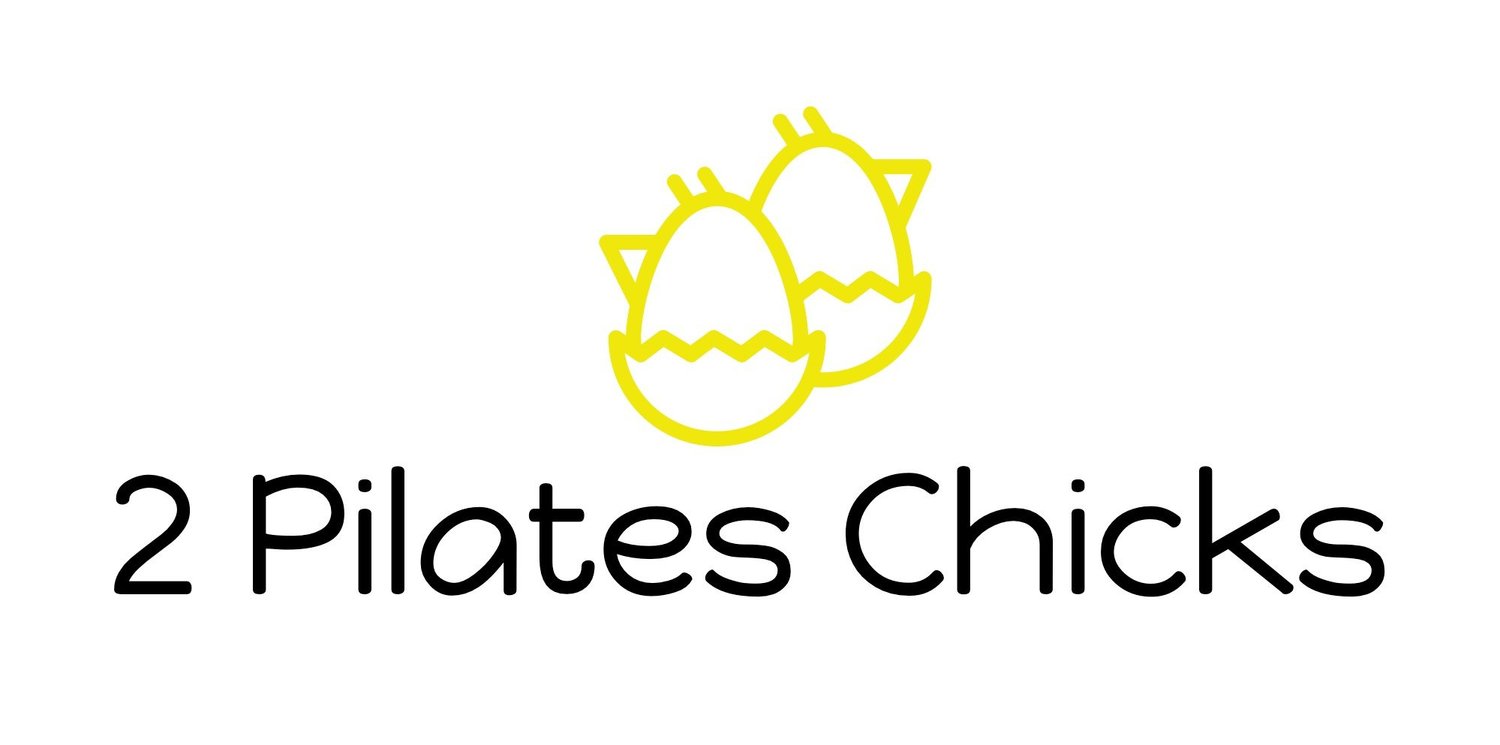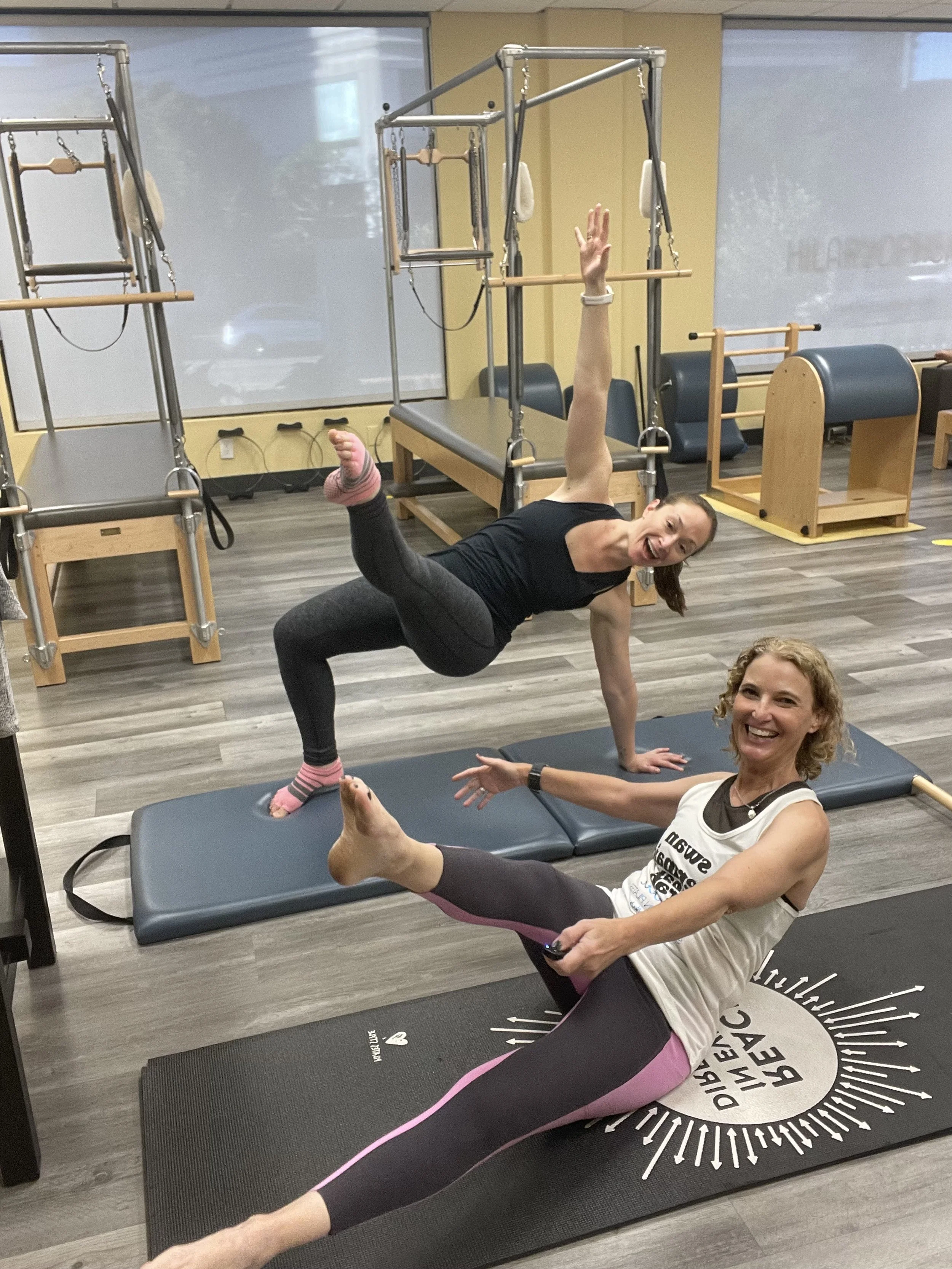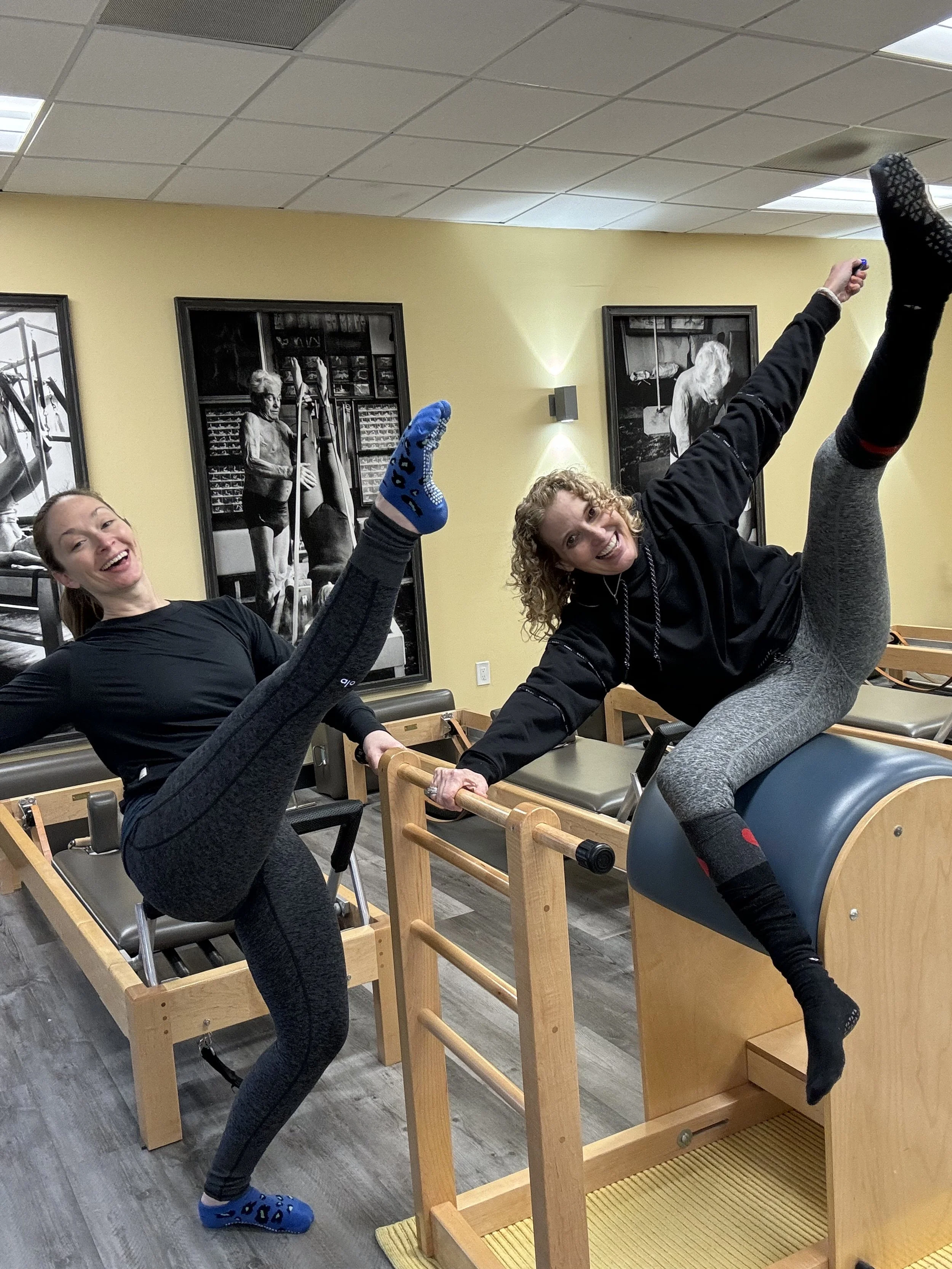What is a tactile cue? What does it mean?
Do we know what a tactile cue means in a Pilates session? Does tactile cueing mean to physically push or pull our clients? What are the liability issues with hands-on cueing? What other ways can we achieve tactile cueing without the teacher using their hands?
In our podcast “Tactile Cueing Pros/Cons” we try to answer these questions. For many Pilates teachers, figuring out effective cueing techniques can be frustrating and intimidating. In this podcast, we wanted to discuss the pros and cons of tactile cueing and dive into understanding the ideas of what tactile cueing actually means.
In Pilates, we have various methods of cueing a client to achieve the goal of an exercise properly. There are varying reasons for using choosing certain cues versus others based on the goal of the exercise, what the client wants to achieve, what we want the client to focus on, and how the client responds. We use both verbal and tactile cueing methods to achieve these results and connections.
There are many workshops dealing with cueing and hands-on work, teaching teachers how to most effectively use tactile cueing. The first question is what actually is a tactile cue?
Most teachers assume tactile cueing means hands-on with the client to push, pull, or encourage the client's movement in a certain way. However, tactile feedback does not necessarily mean hands-on work. It can also be created from body weight, the sensation of being weighted onto the mat, pulled from a strap on the Pilates apparatus, or even from the springs we push against throughout Pilates exercises. Teachers don't have to have hands on the client for the client to receive tactile feedback.
When using hands-on cueing as Pilates teachers we shouldn’t be pushing, pulling, or twisting clients out of their normal movement range. We don't want to push the client beyond where the body is naturally capable of going. The use of hands-on tactile cueing should not cause the client to harshly effort, to be grunting, grimacing, or believe that discomfort means they're working hard. They shouldn't be pulled to where they can’t maintain their position on their own. Instead, the client can use all the apparatus that Joseph Pilates invented, the foot bar, springs, handles, loops, bars, pedals, and barrels, in order to create tactile feedback on their own, to understand and create new connections.
This is important to remember especially when we are not able to physically touch the client such as when we're teaching virtually, if the client is uncomfortable being touched, or if the teacher is uncomfortable working hands-on. It is perfectly acceptable to not touch a client, and sometimes it can be out of scope of practice for a Pilates teacher. We want to make sure we stay within our scope of practice for the credentials that we have. Technically, we shouldn't be touching the client much at all since as Pilates teachers, our practice is a movement practice. We don't want to be pushing or twisting a client to a range where they can't get to themselves. We can encourage an extra bit of reach or twist that the client does themselves, but we shouldn't be maneuvering them from an external emphasis. Instead, we're trying to help the client find what they can do, what their body will allow for themselves, and for the scope of practice for a teacher. Movement is our specialty/focus. We don't want to inhibit a client's movement with restrictive hands-on work. We need to be aware of what our credentials actually allow for.
If a Pilates teacher has a supplemental massage therapy, chiropractic or physiotherapy licensure then they may have a broader scope of practice. There are many states where it is illegal to have hands on the client if the practitioner doesn't also have a secondary license that allows them to do so. There are also some cultures or religions that do not allow someone else outside of the family touching them, and it can also be triggering for clients with previous trauma or issues of which we are not fully aware.
Secondly, what actually is the goal of using tactile cues? Essentially a tactile cue is meant to encourage a client's movement in order to find the full range of movement, and stability within the movement, or to find a different sensation or connection within the movement that they couldn't previously find.
Tactile cueing is meant to help a client find an extra bit of reach to be able to do it themselves. Sometimes people think they are at their full range when they do have more available, so a gentle tactile guidance can encourage them to find extra range they have or the right emphasis we're aiming for an exercise. We are guiding clients to find their full range of movement and keep them safe while understanding their range and possible limitations. We don’t want to push them past that point that they are actually capable of on their own.
There are many ways to give a tactile cue with our hands by giving the client the feeling of the work to get their body where we are asking them to reach, lengthen or engage more. We can gently place a hand on top of a client's head and tell them to lengthen through the hand, then when we remove the hand ask them to imagine it still there, keeping the length. They can now achieve growing more length through the torso on their own. We can place a hand into their heel while laying supine, to encourage grounding and length on the stabilizing side while the other leg moves in single-leg springs on the Cadillac. Then when we remove our hand, the client understands how to push and stabilize on their own. We can ask clients to lengthen their knees into the mat or feel the body weight evenly distributed on the mat to use the floor as a tactile sensation as well. We can ask the client to reach for the back of the room, and gently grasp their fingertips to pull ever so slightly so they find that last bit of reach in their twist.
The client should not be forced to do something that they can’t do on their own. Tactile cues can allow for the client to figure out where their body can go, while not being limited by the range they think they have. Our cues both verbal and tactile can encourage extra movement that the client finds for themselves. If we're teaching heavily hands-on, we're not allowing the client to become independent, or find these feelings and figure out connections for themselves. Instead, they're relying on us for everything. Because of this, when we started teaching virtually during the pandemic, many teachers couldn't figure out how to teach without being able to touch the client.
While we're not here to stand around and stretch our clients, it can be beneficial to help a client find a certain angle or position when they just can't connect to it by manually adjusting them. But then we need to let them feel it out themselves. By using the hands-on feedback, once we remove the touch, the client can then use that sensation to find the same emphasis on their own, without relying on the teacher's hand still being there. The Pilates teacher's goal is to give the client tools through a gentle cue creating the understanding how to do it themselves. The client is then capable of doing what is needed on their own, learning and continuing to get stronger, more mobile, and more stable.
If we are going to use a hands-on tactile cue it needs to be purposeful, used for a reason, and it shouldn't be extreme or aggressive. The hands should emphasize the words we're giving the client at the same time. The tactile and verbal cues should be working together, paired by using the tactile cues to emphasize or add to the verbal cues. When hands-on, we're encouraging what we want the body to be able to achieve. While the teacher is guiding, the client is leading the movement. The tactile cues help explain to the body, but they don't do the work for the client.
The purpose of a tactile cue is something that the client can use to find connectivity or feedback in their own body. It can be the mat they are on, the spring of the apparatus, a bar, a handle, or even a focus of a wall they are facing or reaching toward, the sky or the floor. A hands-on moment should be one of encouraging or demonstrating what we want the client to feel or try in the movement, finding the capable range. It is guiding them in a way that helps them figure things out for themselves so they can then do it on their own
When we are using guiding hands-on techniques, we need to be aware of not manually moving a client past their range of motion (ROM). This is important both for scope of practice and safety for all clients, but especially when working with more vulnerable populations, and those with hypermobility. We need to ask ourselves, what is safe and what are we actually trying to do?
The hypermobile client does have an extreme ROM, and they can achieve certain positions that if we push into they will be able to get to. However, that doesn't necessarily mean they should be going into those end ranges even though it's still within the range of capacity. When working hands-on with a hypermobile client, we won't feel that end range that limits their motion, so the tactile cues for this client should be using the push into the spring load or teacher's hand to find stability and controlled length, instead of hands-on pulling encouraging motion and stretch.
The best way to think about tactile cueing is that it doesn’t necessarily mean “hands-on”, but is a way to find certain connections in movement in the way that works for each individual client.
In conclusion, for tactile cues within a Pilates practice, the teacher should focus on the following:
What actually is tactile cueing
What is within the scope of practice
What is the teacher comfortable with
What is the client comfortable with
What's appropriate
What is actually needed
A hands-on cue must be within the scope of practice, what the teacher feels comfortable doing, and what the client feels comfortable with as well. We don't have to rely on hands-on tactile feedback, but instead can cue the client to tap into their own awareness of feedback from body weight distribution on the mat, the evenness in pushing through the springs, and imagery to find the emphasis we're encouraging for the movement.






